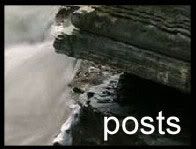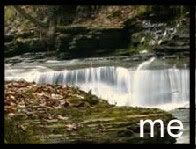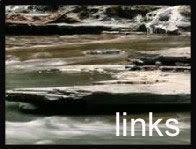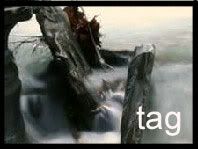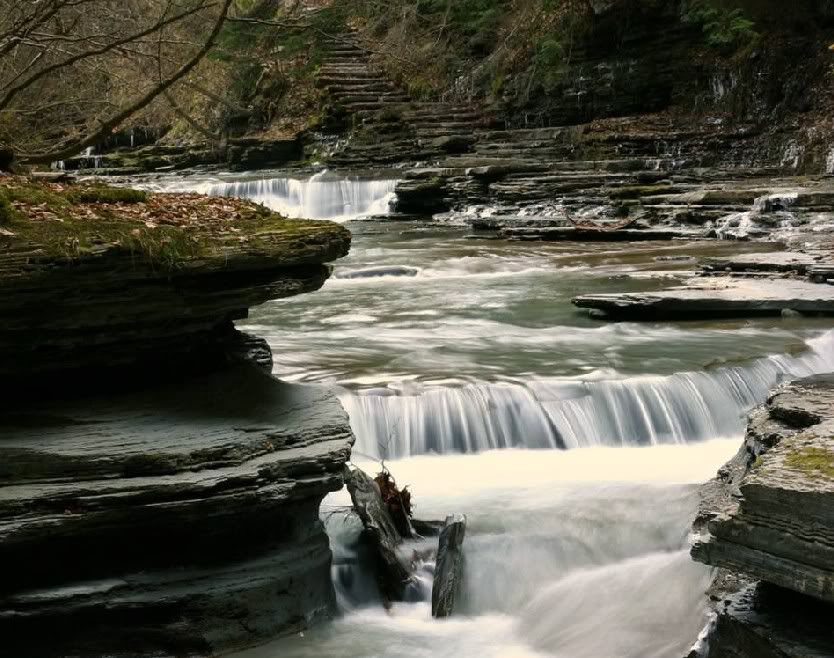

Corals will die if we do not stop the pollution. --- Try your best to save them!
Let me share with you!
Coral reefs are aragonite structures produced by living organisms, found in marine waters with little to no nutrients in the water. High nutrient levels such as those found in runoff from agricultural areas can harm the reef by encouraging the growth of algae. In most reefs, the predominant organisms are stony corals, colonial cnidarians that secrete an exoskeleton of calcium carbonate. The accumulation of skeletal material, broken and piled up by wave action and bioeroders, produces a massive calcareous formation that supports the living corals and a great variety of other animal and plant life. Although corals are found both in temperate and tropical waters, shallow-water reefs are formed only in a zone extending at most from 30°N to 30°S of the equator. Tropical corals do not grow at depths of over 50 m (165 ft). Temperature has less of an effect on the distribution of tropical coral, but it is generally accepted that they do not exist in waters below 18 °C.However, deep water corals can exist at greater depths and colder temperatures. Although deep water corals also form reefs, very little is known about them.
Coral Reefs in the past..
Throughout the Earth history, from a few million years after hard skeletons were developed by marine organisms, there were almost always reefs formed by reef-building organisms in the ancient seas. The times of maximum development were in the Middle Cambrian (513-501 Ma), Devonian (416-359 Ma) and Carboniferous (359-299 Ma), due to Order Rugosa extinct corals, and Late Cretaceous (100-65 Ma) and all Neogene (23 Ma - present), due to Order Scleractinia corals.
Not all reefs in the past were formed by corals: in the Early Cambrian (542-513 Ma) resulted from calcareous algae and archaeocyathids (small animals with conical shape, probably related to sponges) and in the Late Cretaceous (100 -65 Ma), when there also existed reefs formed by a group of bivalves called rudists; one of the valves formed the main conical structure and the other, much smaller valve acted as a cap.
Infomation from Wikipedia
at 10:42 AM
COME AND COMMENT
Find out more about corals and marine life at these websites!
http://www.reefrelief.org
http://www.panda.org
http://www.uvi.edu
http://www.coral.org
http://www.iyor.org
http://www.coris.noaa.gov
http://healthyreefs.org
http://www.coralreef.gov
Credits
chocbanana[trixieandtheresa]

